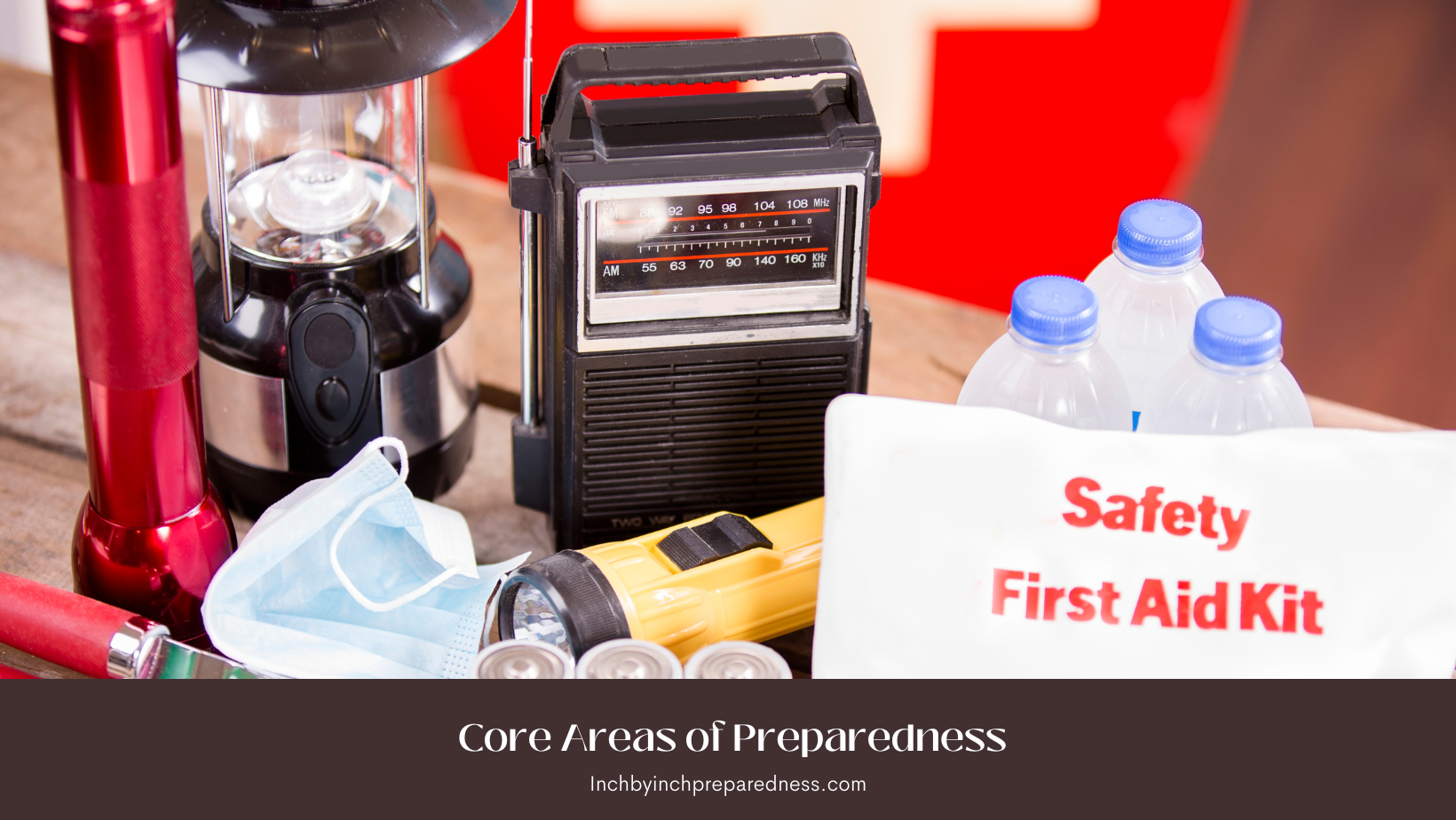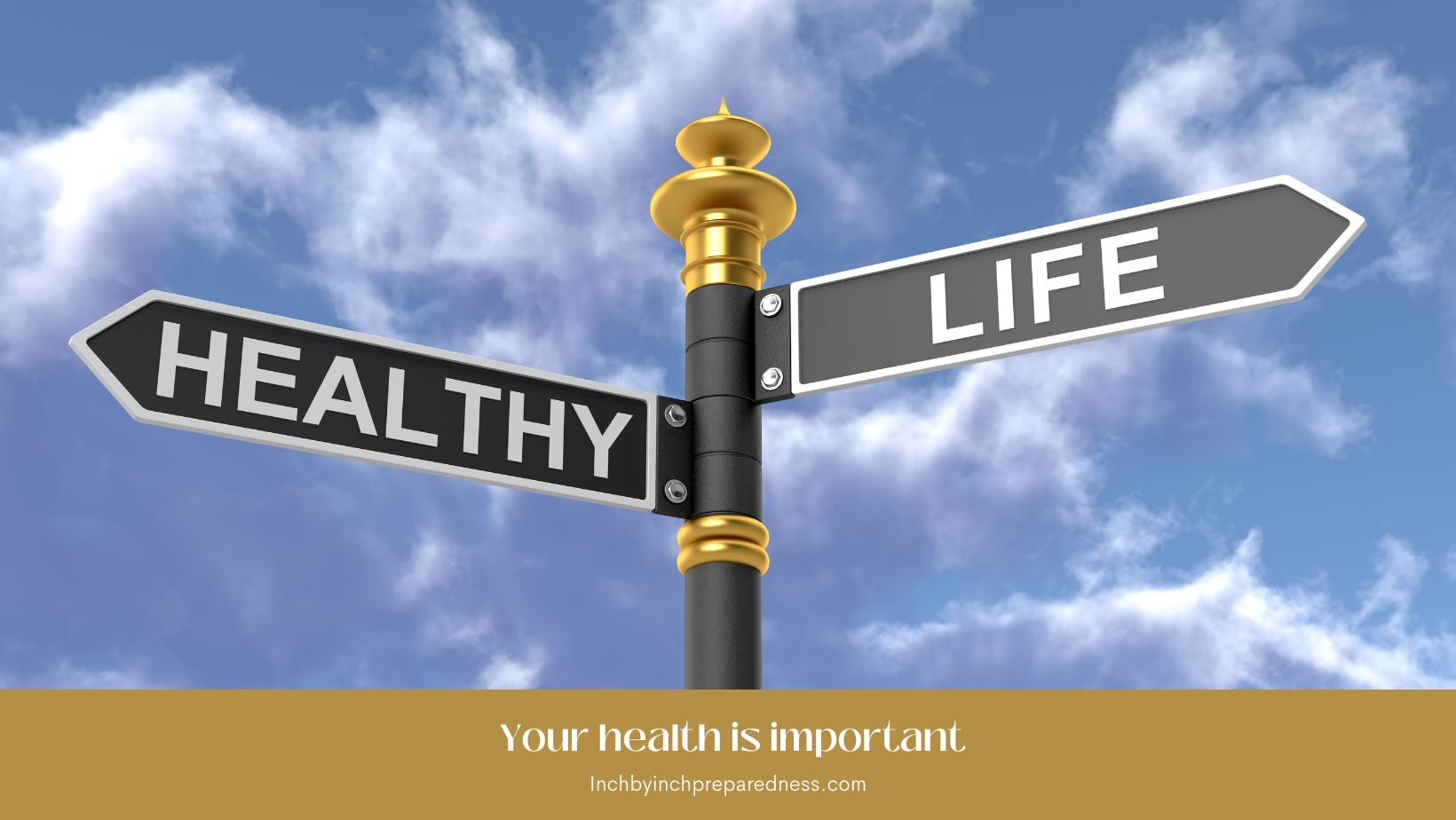Being prepared means you know what to do, where to go and you have supplies to properly respond to emergencies and disasters. By taking simply steps towards becoming more prepared, you can better navigate disruptions when they occur so you can get back to your life and work sooner. When we are prepared to take care of our needs for 72 hours, it allows first responders and all levels of government to focus on managing the crisis and helping those who need it most. Alberta.ca Emergency Preparedness
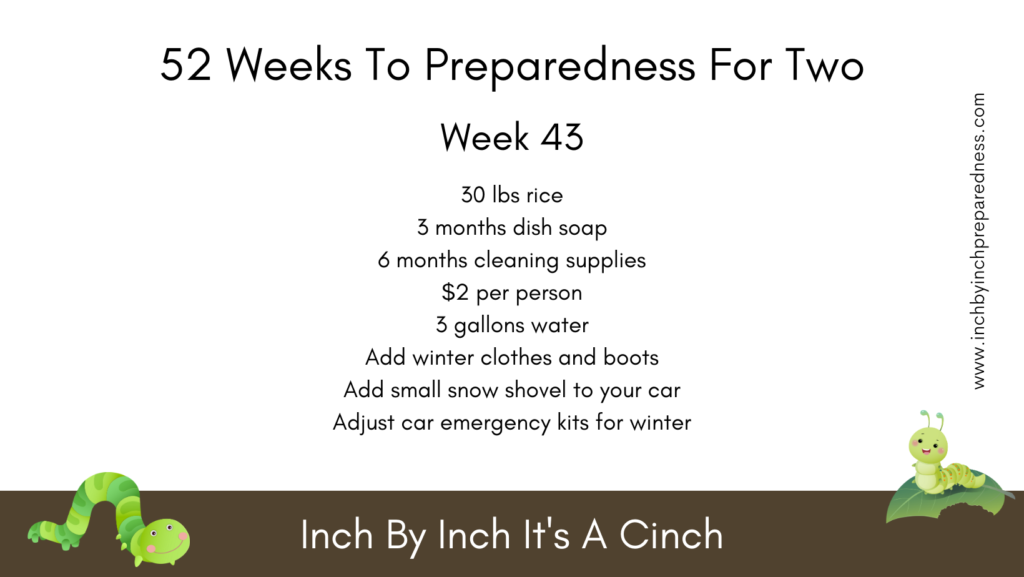
Here at Alberta.ca there are many really great videos you can peruse to help increase your information. Never stop learning.
Food Storage Meals:
Rotating food storage is one of the biggest challenges people make, simply because they don’t know what to do with it, or if they do, it takes too much time. It isn’t easy when we can’t just pop something in the microwave or oven and voila! dinner is ready.
It is important that we each learn how to rotate. One of the first ways we can do this is by dating all of the cans and boxes we bring into our house. When we bring in another case of something, put it to the back and bring the older to the front.
What I recommend also, is to have a food storage night once a week, or at least once a month. Do some research and find recipes that sound delicious to your family. Make sure to always replenish your supplies as you use them, especially if you love what you made.
People always think I am great because I know how to use food storage. I know how to make recipes with wheat, or beans, and I can pull a meal that is delicious out of pretty much nothing. The trick is: I have practiced for years and worked my tush off to be able to do this. Don’t you think it is going to be difficult if you all of a sudden need to work a miracle meal, and you have no idea now?
Practice, practice!
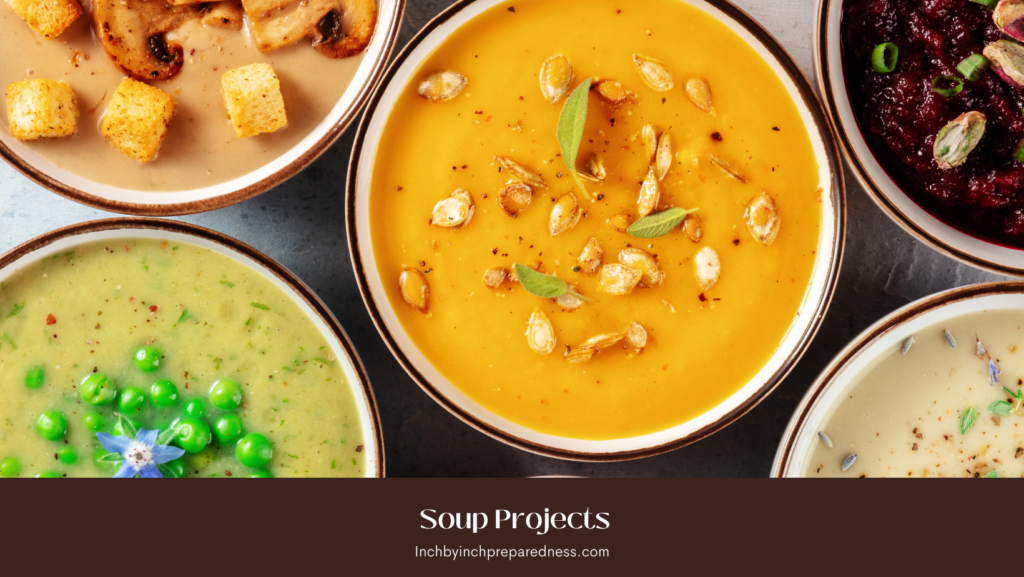
Basic Disaster Supplies Bin:
Emergency Binder (includes Grab-n-go list)
Portable, battery powered radio and extra batteries
Larger flashlight or lantern and extra batteries
First aid kit and manual
Sanitation and hygiene items (moist towelettes and toilet paper)
Sunblock & bug spray
Waterproof matches in ziploc / candles
Additional clothing / sturdy shoes
Kitchen accessories and cooking utensils, including a can opener
Rope, N95 masks, working gloves
Blankets or sleeping bags, tarp to make a tent
Rain poncho, body warmer, glow sticks
Include any more items that might be specific to the needs of your family. Make this bin easily accessible.
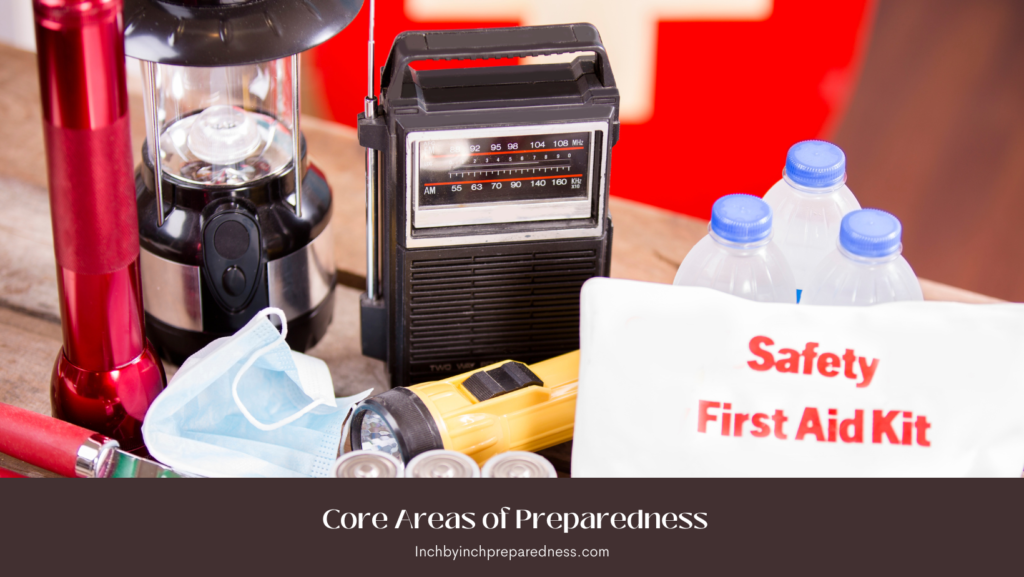
72 Hour Emergency Kit
List of items in kit
3 day supply of non-perishable food
3 day supply of water – one gallon of water per person / day
Small flashlight and extra batteries
Whistle
Complete change of clothing and shoes
Special needs items (eye glasses, contact solution, hearing aid batteries, etc)
Travel size toiletries such as hand sanitizer, deodorant, lotion, lip balm, brush
Tooth paste and brush
Items for infants, such as formula, diapers, wipes, bottles, and pacifiers
Recent family photo, a copy of the ID kit
Mini scriptures
Other personal / comfort fun items for children
If you live in a cold climate like me – make sure you are adding in warmth items, such as jackets, long pants, hat, mittens, scarf, sleeping bags or warm blankets.
Happy and Healthy Prepping
Davilyn
